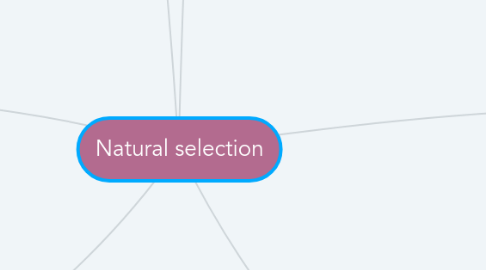Natural selection
by Maria Eduarda

1. Thus, advantageous characteristics within a population are passed on to the next generation. Less adapted individuals do not reproduce, causing a disadvantage to become increasingly rare.
2. It is through it that the most adapted species persist in the environment. Individuals with characteristics best suited to a given environment are more likely to survive and reproduce.
3. Types Natural selection can act in three different ways: Directional selection: Prioritizes one of the extreme phenotypes as it is the most advantageous for the population. Stabilizing selection: It is the most common type of natural selection. It selects intermediate phenotypes, causing them to appear in greater quantities. In that case, extreme phenotypes are eliminated. Disruptive selection: Occurs when two or more extreme phenotypes are maintained in the population.
4. How does natural selection occur? Natural selection occurs due to the need for survival and adaptation of species to the environment.
5. Natural selection states that the advantageous characteristics of a population for a given environment are selected and contribute to the adaptation and survival of the species.
6. Natural selection is one of the fundamental mechanisms of evolution. This evolutionary theory was formulated by the naturalist Charles Darwin (1809-1882).


